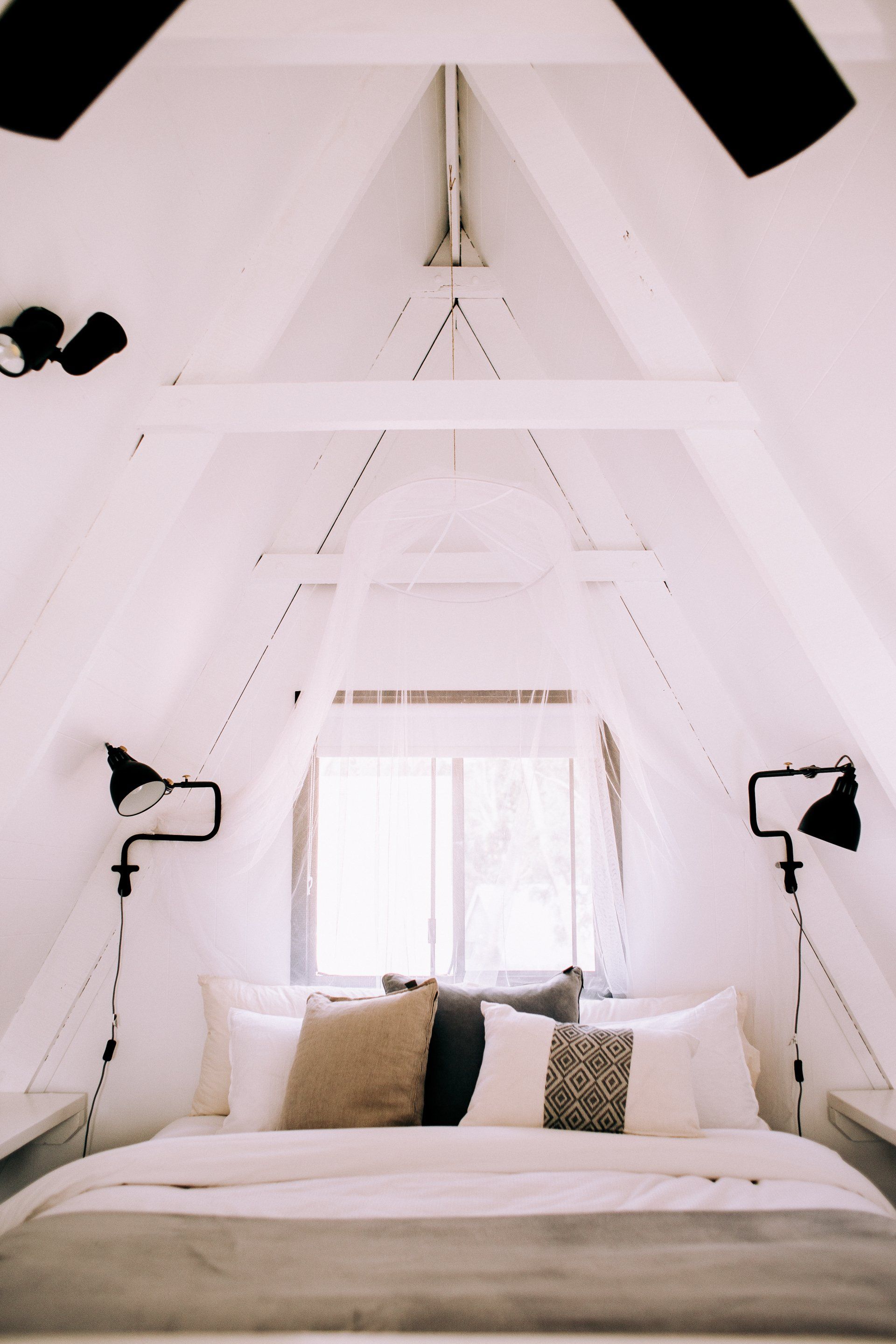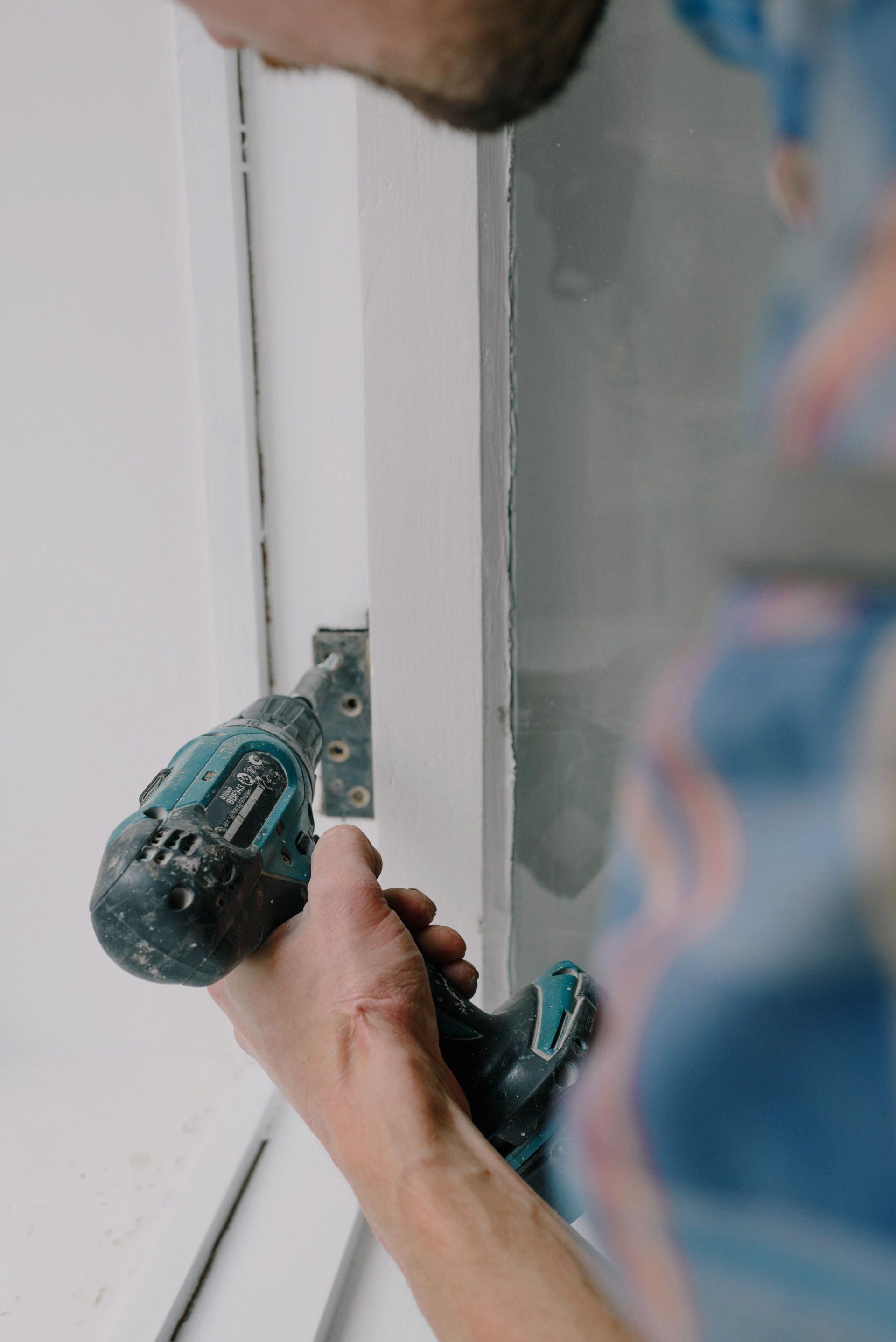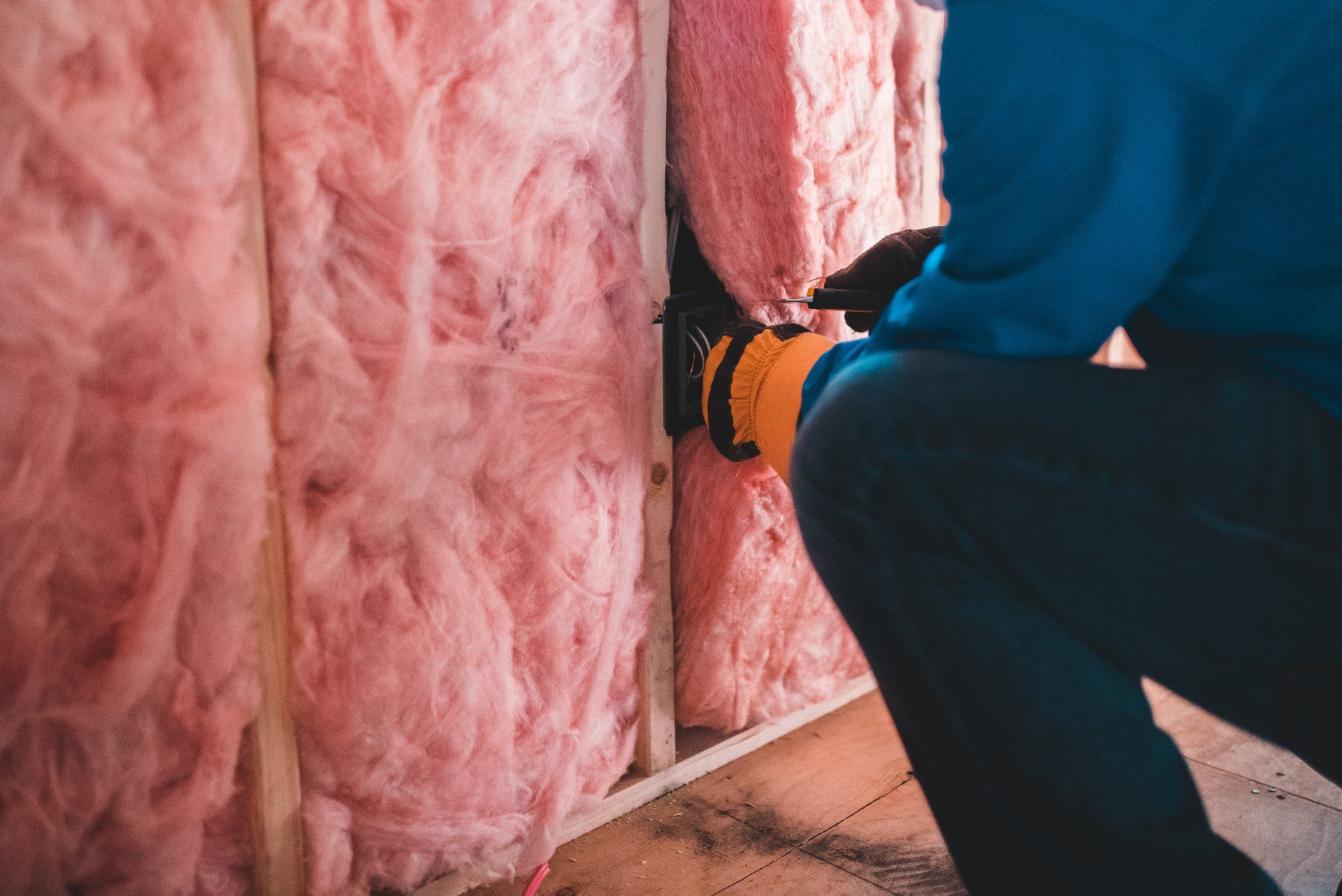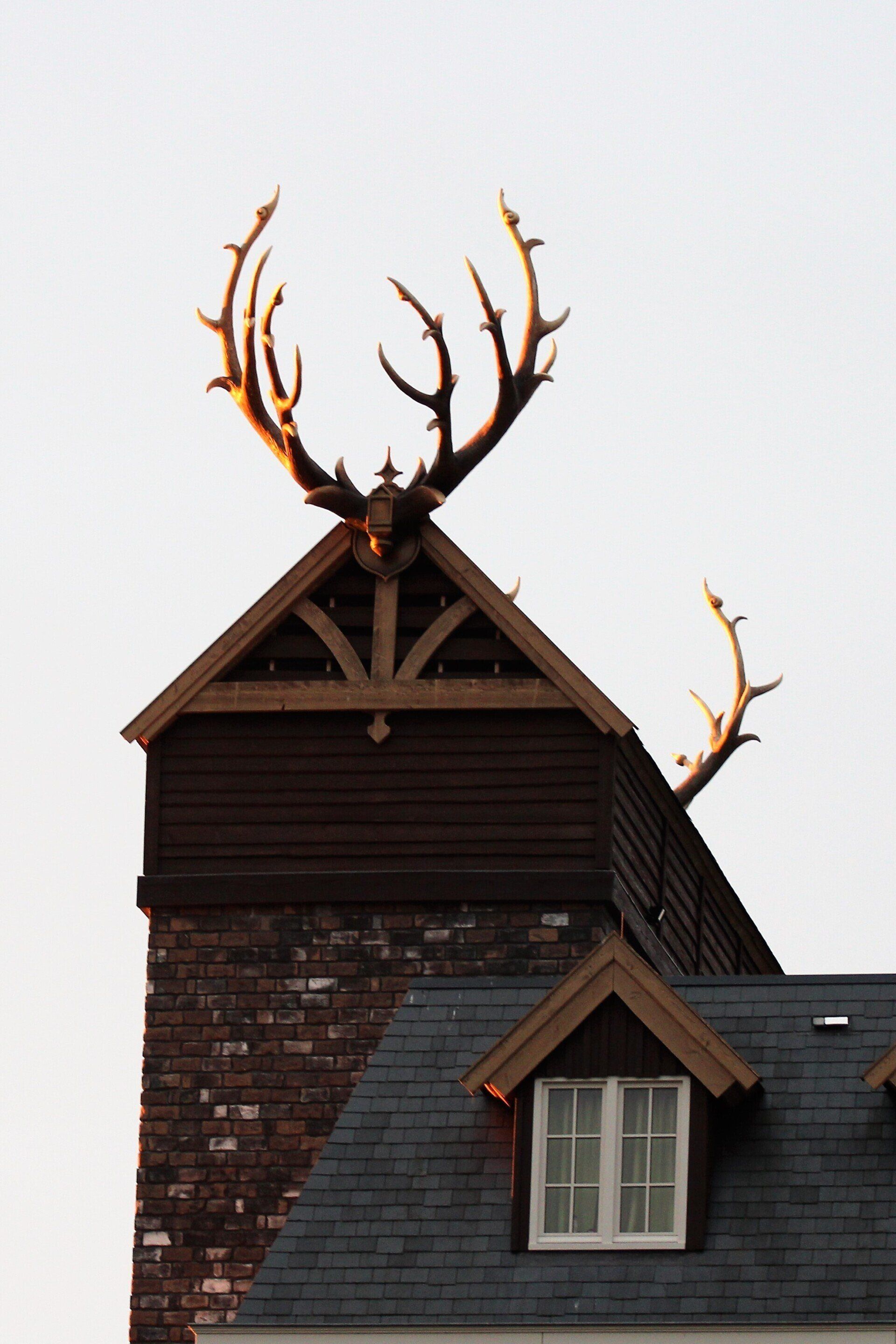A Step by Step Guide to Insulating an Attic That Is Unfinished
A Step by Step Guide to Insulating an Attic That Is Unfinished
Insisting on adequate insulation for the floors of the attic, which isn't finished, is the most cost-effective method to create a barrier to insulate your attic. This will create an obstruction to prevent the heat from getting past the ceiling. Additionally, the majority of homes contain some form of insulation in the area between the roof and your dwelling. It's simple to enhance the insulation with the proper quantity.
1. Install a platform that can be moved into the right place.
Planks or plyboards can be used to create a safe walking area. The platform should be spread over a minimum of three floor joists to ensure stability. Do not step across the joists of your attic without having a secure platform that can support your weight.
2. Provide a moisture barrier.
Be aware that you can skip this step if you're adding insulation to existing insulation.
If your attic does not have insulation or you have taken out all of the old insulation, you'll need an airtight barrier to keep moisture out that separates the hot air of your home and cooler air inside the attic. The majority of homeowners or builders use polyethylene sheeting underneath loose-fill insulation.
Blanket insulation typically is coated with a foil or a backing made of paper to keep moisture out. Once you have applied one layer, no barrier should be placed between the layers. In reality, the likelihood is that moisture will be able to build up between the barriers if this barrier remains in place. When you install blanket insulation, remove any backing that is not needed.
3. The hatch should be insulated.
It is the most convenient material to use for this job. You can cut two blankets into the thickness of a pad. Staple the padding to the edges of the hatch to keep it in position. Also, apply weather stripping to the door of the hatch to ensure an encapsulated seal.
4. Install the air blower (for loose-fill insulation only).
If you're installing insulation made of loose fill, collaborate with a colleague. Install the blower machine outside, next to the attic vent or window access. Then, you can snake the hose attached through the attic. The couplers are wrapped with duct tape following attachment to stop couplers from bouncing loose in the process.
Your assistant will crush the insulation that is loose in the hopper while you manage the hose in the attic. This will prevent obstructions within the hose. Before starting work, you should create an obstruction around the hatch to ensure that the material doesn't escape while you work. Also, mark the trusses to the fill level you want to use to make it easier to see your work.
5. Begin along the wall the closest to the door or hatch.
Whichever kind of insulation you choose, you should work backwards to avoid tripping yourself into the corner. If it's blanket insulation, measure and cut the pieces and then put them in between the joists. Continue to layer until you've put the insulation in a depth that is sufficient to completely cover the tops of the joists. If you're using loose-fill insulation, pull the hose toward the eaves and then fill the eaves first.
Also, make sure to fill in tight areas before they become a mess so that you don't leave gaps. To do this, cut the blanket insulation so that it can fit snugly within the gaps. Be careful, as pushing the insulation into narrow corners could create air pockets. If you're using loose-fill insulation, connect a length of PVC pipe at the other end of the hose using duct tape to reach those areas that are difficult to reach.
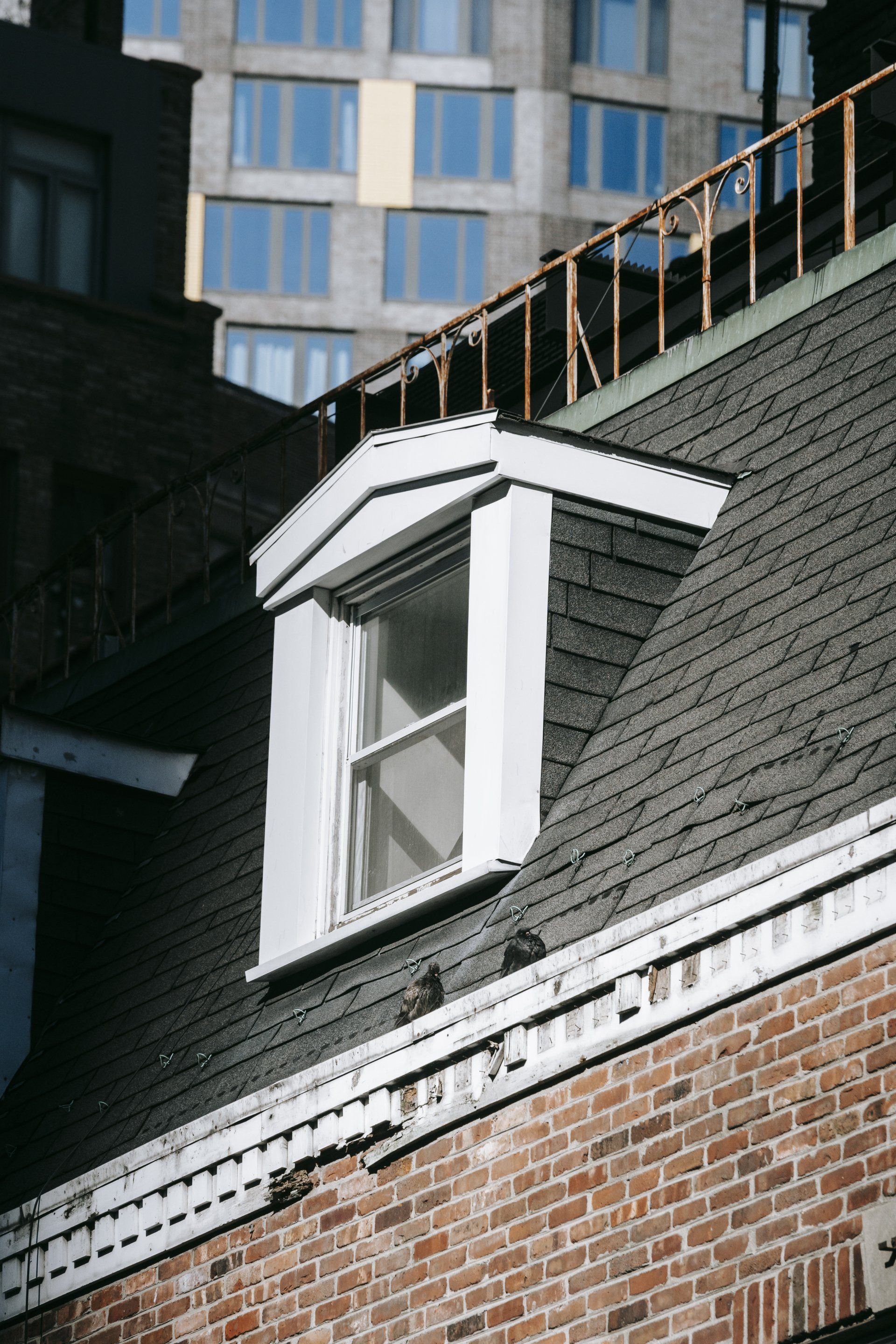


Let’s talk about your project
Fill in the form or call to set up a meeting at (306) 518-8384.
Saskatoon Insulation Quote
We will get back to you as soon as possible
Please try again later

Saskatoon Insulation Pros
110 Banyan Crescent, Unit# 22 A, Saskatoon, SK S7V 1G7
Follow Us
Disclaimer - This is a referral site. All work is performed by a licensed partner company.
